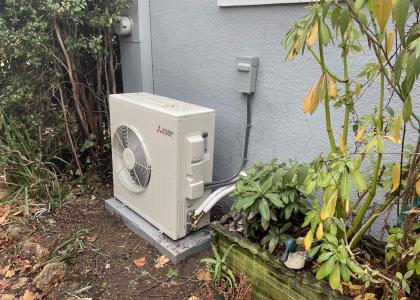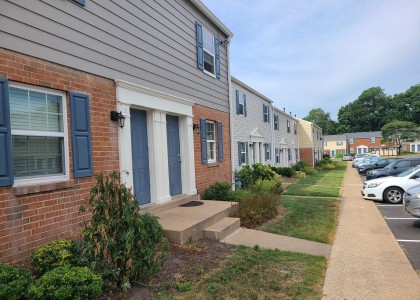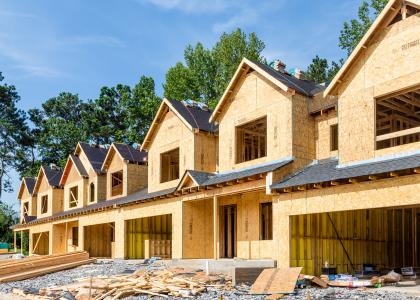In a world of 280-character tweets, people have limited attention spans. So to nudge them toward making energy efficiency upgrades, home assessment reports need to grab their attention in the first few pages, according to ACEEE research that evaluated the eye-tracking habits of potential customers.
“Customers stop reading after about four or five pages” said one assessor. Experts in graphic design, behavioral science, and energy efficiency assessment reviewed 42 sample reports with the goal of improving the reports and increasing the number of home upgrades. Almost nine million households were assessed as of 2015, but the reports can be difficult to understand or unpersuasive.
Expert comments reflected ACEEE’s findings from the eye-tracking study. Information presented first receives more attention, regardless of how interesting or important it is. Reports should begin with a personalized narrative summary along with key tables to ensure the customer can quickly make an informed decision. Interested customers can always look in the back of the report or an appendix for more details.
A report’s reading level can also have an impact. Using a web-based tool, we calculated the “readability” scores for each of 45 sample assessment reports. We found that, on average, reports were written at an 11th grade level, which is difficult for the average reader. We suggest trying to write reports closer to an 8th grade reading level, avoiding jargon and acronyms. That way, reports will not have dense language, which can pose an obstacle for homeowners when selecting energy efficiency upgrades.
Also important is how the report is presented. As one assessor noted, “any report delivered without a presentation is toilet paper.” Customers who received oral presentations of their results, in addition to written reports, were more satisfied with how the reports were delivered and more likely to follow through with assessors’ recommendations.
Content experts had other suggestions. Behavioral scientists noted the importance of social comparison – in which customers learn how their home energy use compares to that of similar homes or the average home. Others noted the value of tailoring the report to each customer and using high-quality images (with explanation) as well as a simple, consistent format.
To get all the tips and recommendations from our expert panelists, as well as more information about best practices for designing and structuring assessment reports, download After the Audit: Improving Residential Energy Efficiency Assessment Reports. Contractors and home energy assessors may want to download the tips sheet for quick reference. On April 18, 2019, ACEEE will host a webinar to explain the details of this report, featuring expert panelists. There will be opportunities to participate and ask questions of the authors and experts. Register for the webinar here.
Household energy efficiency upgrades provide a substantial return on investment. If auditors can present findings more persuasively and motivate more Americans to act, this could translate to massive energy savings across the United States.




